Resources
Drawing on his own work in educational theory as well as his classroom experience, the author identifies important dialogical vices that he finds in his students: pride and cowardice. These vices are put both in the theoretical context of a greater understanding of the role of dialogue in learning and in the social context of the contemporary multicultural ethos from which the students come. In opposition to the vices, the author proposes dialogical virtues (humility, charity, and courage) and a concept of tolerance that help us to avoid pride and cowardice. In this way, we achieve genuine dialogue and multiculturalism and avoid what the author calls a pernicious multiculturalism
How will we teach the Bible in the twenty-first century? This essay is intended to contribute to that larger discussion in three ways: after a brief introduction, I will, first, state some general working assumptions about the present situation of the church and about teaching the New Testament in the context of a seminary or divinity school; second, I will describe the course "Reading James in Haiti" which I designed and taught in the Spring of 2002; finally, and much more briefly, I will comment on the implications of transformational travel experiences like this one for the ability of seminarians to understand New Testament texts more deeply than the classroom setting allows.
The article explores the distinctiveness of Hispanic or Latino/a persons and implications for teaching practice in theological education. It reports on findings from a workshop for non-Hispanic faculty that was conducted at the Hispanic Summer Program in 1901. The content is broadly defined, and the context and persons of theological education are considered in addressing the particular learning characteristics that can typify Hispanic persons. The work draws upon the pioneering work of Dr. Eldin Villafañe (The Liberating Spirit) who identifies cultural distinctiveness among Hispanic persons in the United States. Suggestions related to each of those characteristics are proposed for teaching practice with the expectation that transformation in practice can foster greater inclusion of Hispanic persons in theological education.
In this essay I reflect on my experience thus far of teaching Islam as a non-Muslim at Metropolitan State University and at the University of St. Thomas in Minneapolis and St. Paul, Minnesota. I begin by narrating a conversation about conversion that I had with one of my Muslim students. Then I introduce the theme of multiplicity as a way of being, teaching, and learning. The third section illustrates the theme of multiplicity pedagogically with reference to institutional identity, choice of textbooks, topical organization of the course, the "mosque visit" assignment, and class composition and student roles in the classroom. I conclude in the fourth section with personal reflections on multiplicity in relation to credibility and identity, politics and transformation. The essay was inspired by my realization that I embody multiple religious identities, and that one of my purposes is to build community inside and outside the classroom in an effort not only to transcend the tendency of our culture to adopt an essentialist view of Islam as suspect and alien, but also to recover Islam as a universal religion and to consider its agenda for world transformation alongside those of other religions.
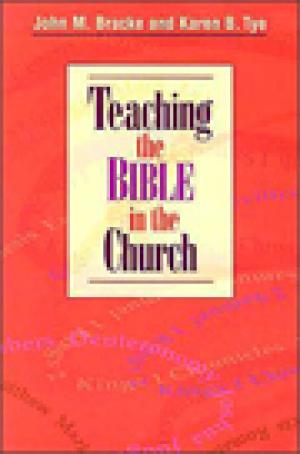
John Bracke and Karen Tye, a biblical scholar and a religious educator, have come together to offer a vital new work of practical insight into the task of teaching the Bible in the church. Intended for pastors, church educators, lay teachers, and those in seminary, this book provides a blueprint for effective teaching that lead beyond just conveying information to opening oneself and the learner to transformation through the text. It is teaching the Bible in its most faithful form, as an invitation to fully encounter the scriptures and the God who empowers transformation. (From the Publisher)
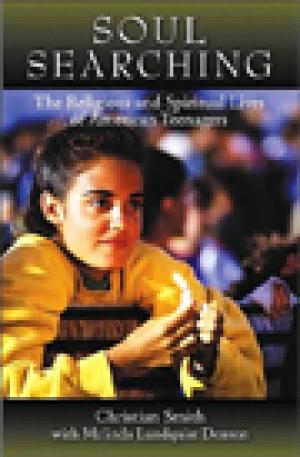
"Soul Searching tells the definitive story of the religious and spiritual lives of contemporary American teenagers. It reports the findings of the National Study of Youth and Religion, the largest and most detailed study of teenagers and religion ever undertaken. Based on a nationwide telephone survey of teens and their parents, as well as in-depth face-to-face interviews with more than 250 of the survey respondents, Soul Searching shows that religion is indeed a significant factor in the lives of many American teenagers. Chock-full of carefully interpreted interview data and solid survey statistics, Soul Searching reveals many surprising findings." Combining a national overview with an insider's view of teenage religious and nonreligious perspectives, Soul Searching provides not only an unprecedented understanding of adolescent religion and spirituality but also, because teenagers may be bellwethers for future trends, an important window through which to observe and assess the future of American religion. (From the Publisher)
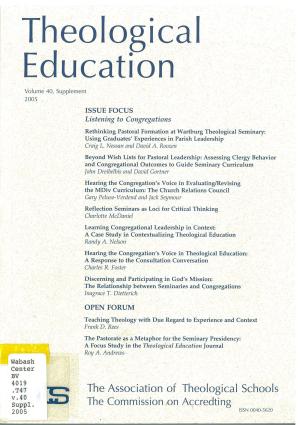
Journal Issue. Full text is available online.
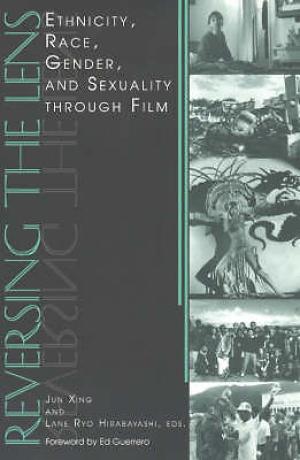
Reversing the Lens brings together noted scholars in history, anthropology, sociology, ethnic studies, and film studies to promote film as a powerful educational tool that can be used to foster cross-cultural communication with respect to race and ethnicity. Through such films as Skin Deep, Slaying the Dragon, and Mississippi Masala, contributors demonstrate why and how visual media help delineate various forms of "critical visual thinking" and examine how racialization is either sedimented or contested in the popular imagination. Reversing the Lens is relevant to anyone who is curious about how video and film can be utilized to expose ethnicity, race, gender, and sexuality as social constructions subject to political contestation and in dialogue with other potential forms of difference. (From the Publisher)
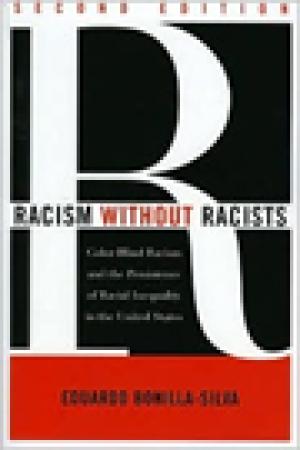
Racism is alive and well although it has changed its clothes. Color-blind racism combines elements of liberalism in the abstract with anti-minority views to justify contemporary racial inequality. (From the Publisher)